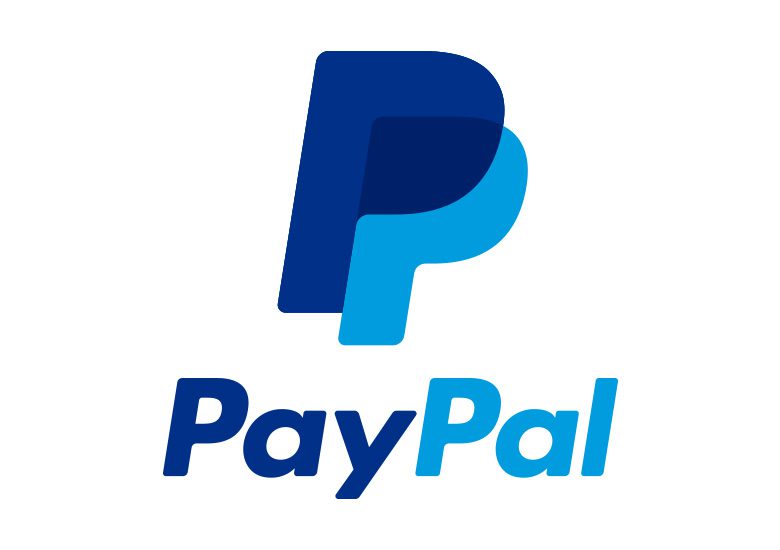What if you don’t merely want something designed and built?
What if you have a solution in sight, but need help aligning your teams around a goal before something gets built?
This was the scenario when we recently joined with PayPal to design a consumer research reference tool. Product development and marketing teams had been asking for a way to synthesize segmentation data and field research into one interface: a customized dashboard of insights to help them understand their highest priority customers. The company had enormous data resources, but aligning teams to a shared vision of their most valuable customers proved difficult. And, after earlier attempts to meet the need stalled, they were beginning to have doubts about the endeavor.
The Value of Not Knowing
It may sound counter-intuitive, but we started this project without complete certainty of the final scope of production. As Product Engagement Manager Tori Horton told us, “I knew we needed leaders across the organization to align on a shared customer segmentation framework, and I knew we needed qualitative and quantitative data, but I needed a partner who would help me frame the questions required to shape the end product.” This turned out to be the best place for us to begin.
We served as source of mediation for a half dozen very different departments within PayPal that had sent nominated representatives to the table. This played out in a series of workshops we led where the representatives didn’t merely express what their teams needed; they also learned first-hand how different each other’s needs were.
There are always surprises that come up in our process, often about intent, specific language, and defining “what we really mean when we say….” The bigger the organization, the more likely the surprises. We were quite deep into this project before it was clear that some foundational terminology was used differently by different departments, even within this one organization. Negotiating a conversation to a shared definition for these terms became paramount for the project’s success.
Questions, Inside and Out
The initial datasets provided to us by PayPal’s external research firm were fairly opaque: scores of spreadsheets with hundreds of fields of statistics. We dutifully began by learning as much as possible in the short amount of time available about the information that needed to be shared, how items in that dataset were to be prioritized, and how the information would be accessible to non-research PayPal employees across the company.
The next load of data came from consumer interviews conducted by PayPal’s internal product research group. These were in-home visits, with a wealth of subtle insights about lifestyle, personal preferences, and hundreds of photographs documenting the visits. Our role was to provide a template for future interviews, so research teams could focus and document what matters most for PayPal’s development of new products.
Alignment, Alignment, Alignment
When you’re at a crossroads, the plan is to devise a plan. With PayPal, the meta-plan emerged from a series of discovery conversations over several weeks. Once we had a sense of how different teams articulated their needs for a research tool, we were able to begin laying out a series of specifications and common language. This ultimately led us to design prototypes with shared goals in mind. After rounds of feedback and iteration, the ultimate prototype emerged, which was then used to establish guidelines for data and field research. The tool was built on PayPal’s internal product site, and continues to be expanded by research teams as their consumer focus evolves.

